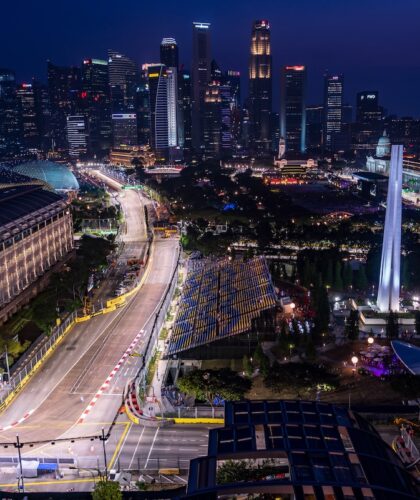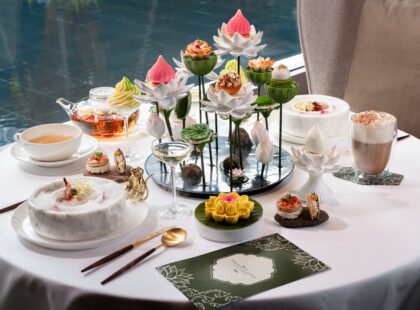Just the name “the Maldives” ignites wanderlust, conjuring up images of white-sand beaches and impossibly blue waters. With its pristine beauty and majestic seascapes, it’s no wonder the island nation attracted a record of 1.7 million visitors in 2019. While that number plummeted due to the Covid-19 pandemic, Maldivian tourism authorities welcoming back tourists in 2022. Since re-opening their borders, the local authorities have embarked on a three-pronged “3V” initiative – “visit, vaccinate, and vacation” – to encourage tourists to spend their downtime at one of the archipelago’s many all-inclusive luxe resorts.
If that’s not enough to convince you, here are six gorgeous natural attractions in the Maldives to discover.
1. Addu Nature Park
Located on the southernmost atoll in the Maldives atoll chain – Addu Atoll – this nature park is made up of the Eydhigali Kilhi wetlands and the protected Koattey area in Hithadhoo Island. To explore the unique flora and fauna inhabiting these lush wetlands, hop into a kayak or canoe and paddle your way around the mangrove forest. A guided tour is another great way to discover the historical significance and folklores surrounding the park. Budding ornithologists will appreciate the three newly renovated birdwatching platforms, which enables you to better observe flocks of native and migratory birds.
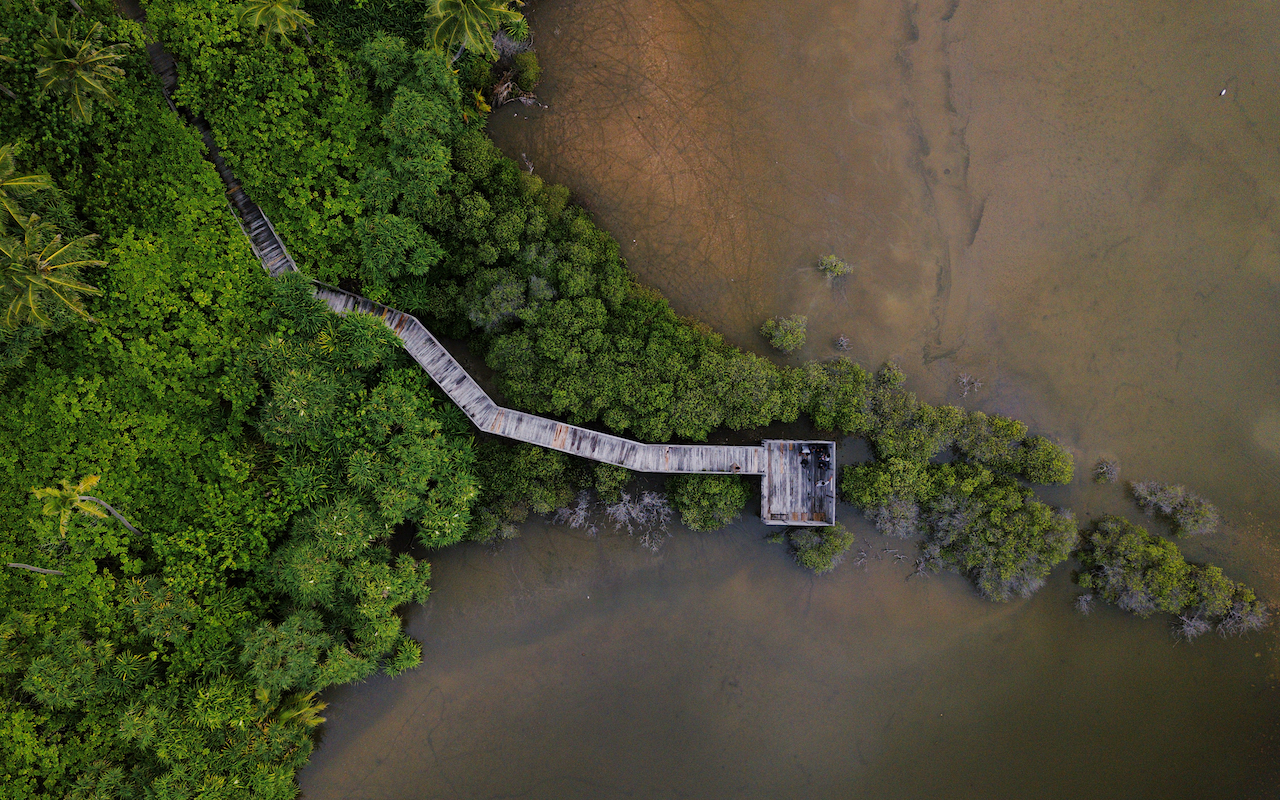
2. Baa Atoll Biosphere Reserve
Sprawled across 139,000 hectares, Baa Atoll is a Unesco-designated Biosphere Reserve, which means its protected waters are teeming with life, from abundant coral reefs to marine creatures such as whale sharks and dolphins. One of the highlights of visiting Baa Atoll is Hanifaru Bay, which attracts large schools of manta rays from May to November every year. These magnificent creatures – which grow to as large as 7m across – are drawn by the plankton-rich waters, a result of tropical krill being swept up to the surface of the Indian Ocean by southwest monsoon currents and strong tides. As many as 200 individuals sweep across the bay in dramatic feeding chains, making it a sight to behold for divers and snorkelers alike.

3. South Ari Atoll
Water sport enthusiasts should make a beeline for the South Ari Atoll, with its top-notch selection of dive centres and resorts catering to scuba divers and snorkelers. When compared to its northern counterpart, the dive sites here are shallower and more accessible for beginner divers – but that doesn’t mean a boring time underwater. The crystal-clear waters here are home to a rich variety of marine life, including multi-hued corals and tropical fish at the Machchafushi wreck and whale sharks at Maamigili. These gentle giants are the largest fish in the world but are extremely docile, and are even known to allow swimmers to hitch a ride from time to time. Non-divers need not feel left out either. There is a wealth of other activities available, from the adrenaline-pumping flyboarding and hoverboarding to a gentler-paced cruise on a luxury catamaran.
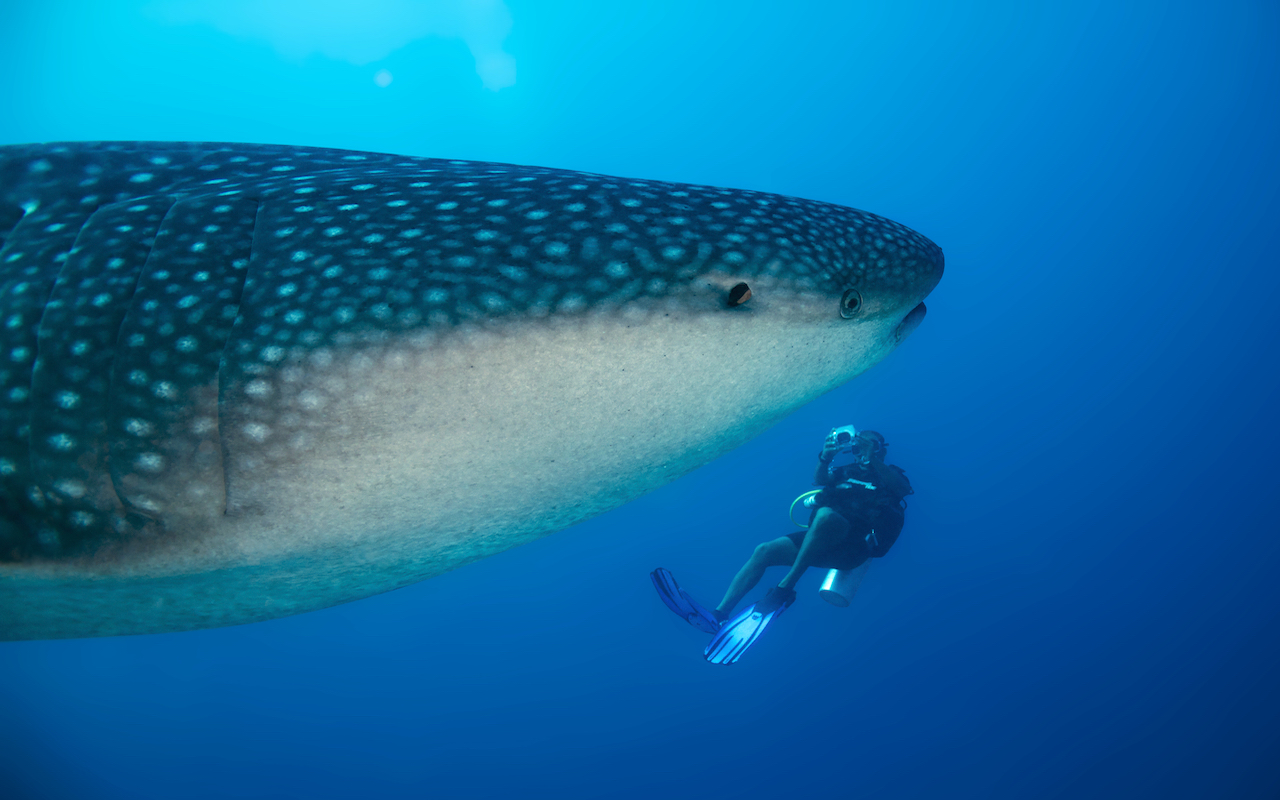
4. Fuvahmulah
Perched on the equator between the two southern atolls of Addu and Huvadhu, Fuvahmulah is unique to the other islands in the Maldives archipelago due to its volcanic origin. Unlike the other islands, which are made up of coral reefs, Fuvamulah’s geographic makeup is more similar to Indonesian islands such as Bali or Lombok. This is where you’ll find a tangle of tropical forests with lush mango and papaya plantations, a dizzying variety of tropical blooms and even two freshwater lakes – Dhadimagi Kilhi and Bandaara Kilhi. When visiting the latter, make a stop at Koda Kilhi, which is a popular mud bath area found in the wetland area surrounding the lake.
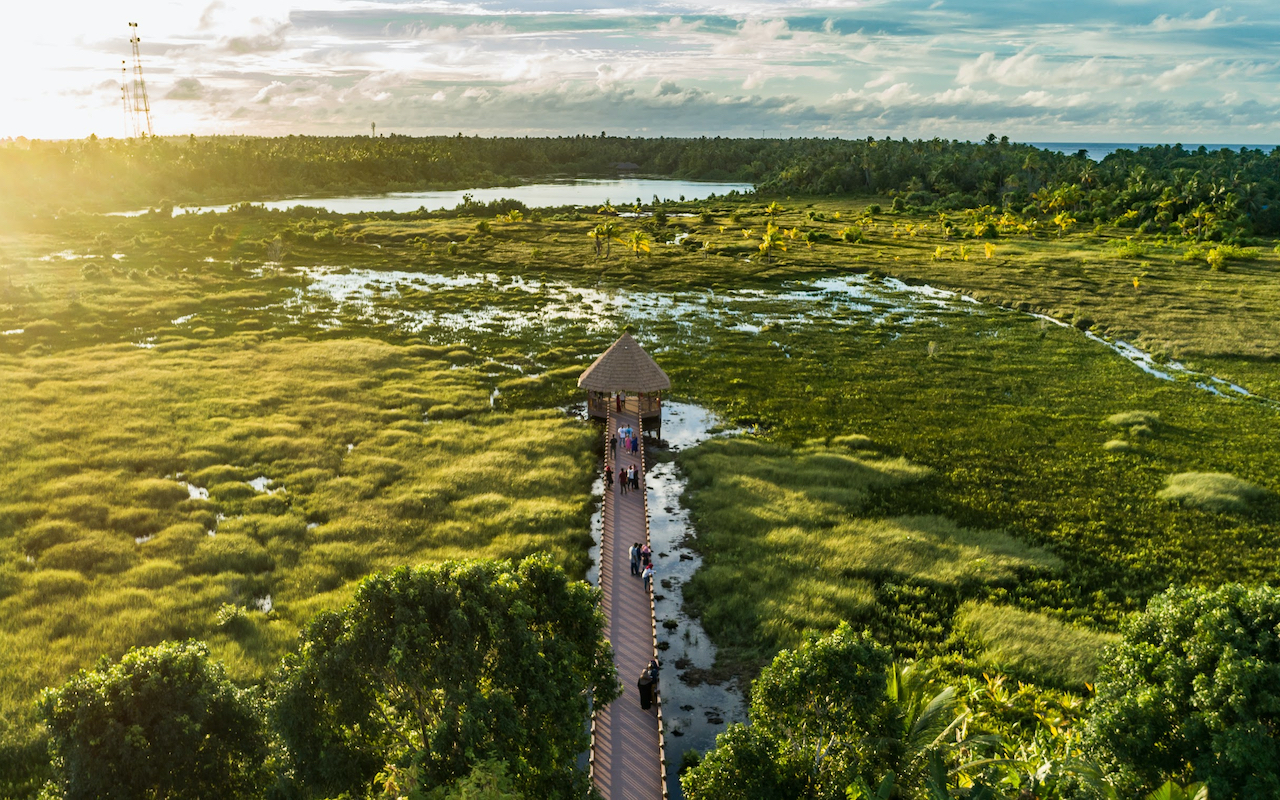
5. Himmafushi, North Male Atoll
With its wide swells and light wind conditions, this island offers one of the best spots for surfing in the Maldives. The most popular surf point is Jailbreak, which attracts intermediate and advanced surfers with its waves that reach up to 8 feet in the summer months. For those who are new to surfing, you can sign up for lessons at “tamer” surf points such as Ninjas or Honkys. Alternatively, book yourself on a cruise that takes you out to sea for an afternoon of dolphin-spotting. The Indian Ocean is home to hundreds of dolphins, including the local spinner dolphins, which are known to swim alongside boats and show off their acrobatic skills.
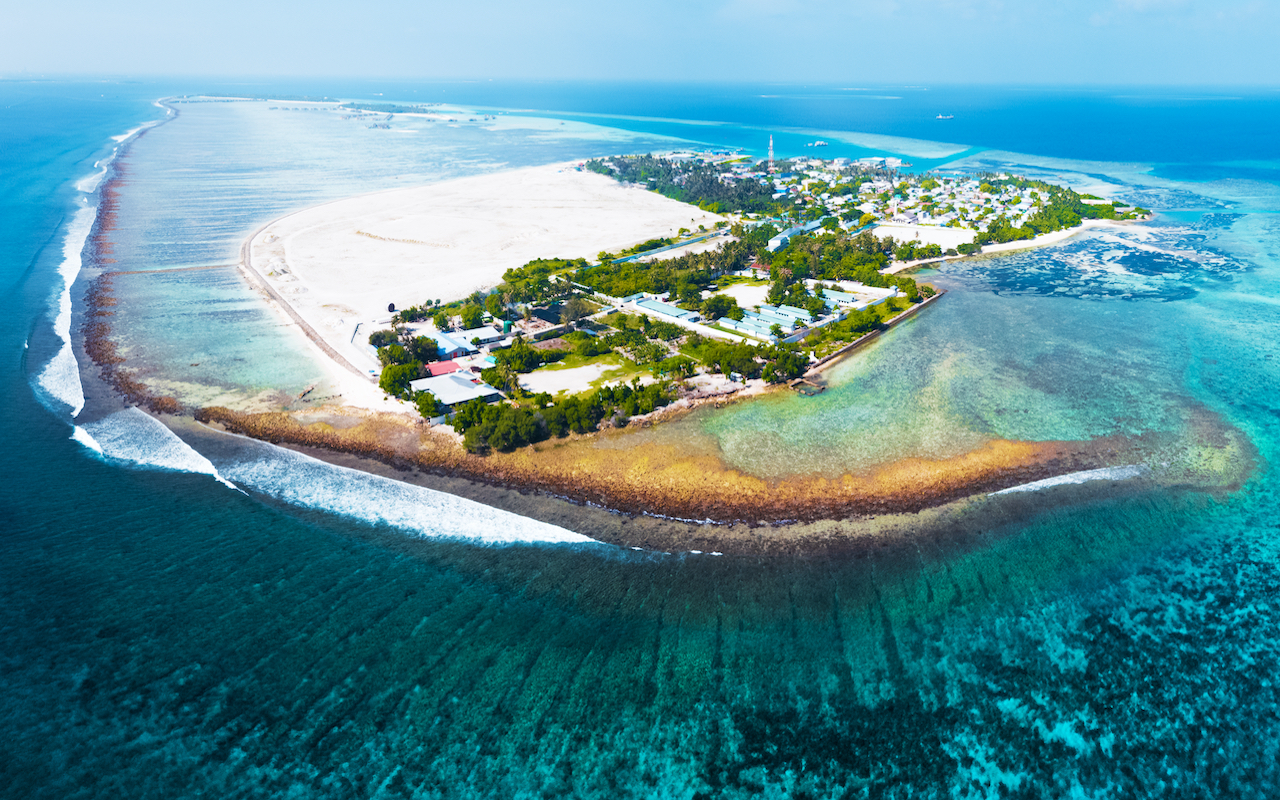
6. Vaadhoo Island
Part of the Raa Atoll, this island comes to life at night – literally – with Mudhdhoo Beach awash with an entrancing blue glow at dusk. This glow-in-the-dark effect is due to bioluminescence, a natural phenomenon where living organisms in the sea produce and emit a mesmerising blue light. On particularly still nights, the effect of the blue glow dotting the shoreline is nothing short of magical. While Vaadhoo is home to just over 500 inhabitants, the island attracts curious travellers far and wide because of this “Sea of Stars” phenomenon. During your time here, you can also take part in sea sports such as kayaking and canoeing or simply unwind and soak up the sun by the beach.
To learn more about Singapore Airlines flights, visit singaporeair.com. For updates and travel advisories, please visit Ministry of Foreign Affairs’ website.

